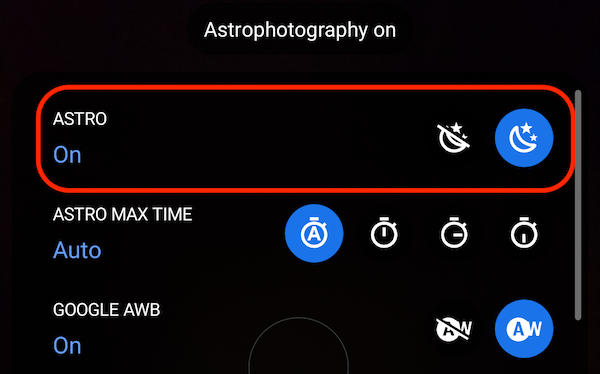I’m using the 8.1 Nikita
Under Night Site option > drag down the menu arrow and selecting > Astrophography the max shutter delay is at max two seconds, maybe one and a half ??
There’s no Astro max Time option 
There is a timer which is a common delay before ‘shutter opens’,
